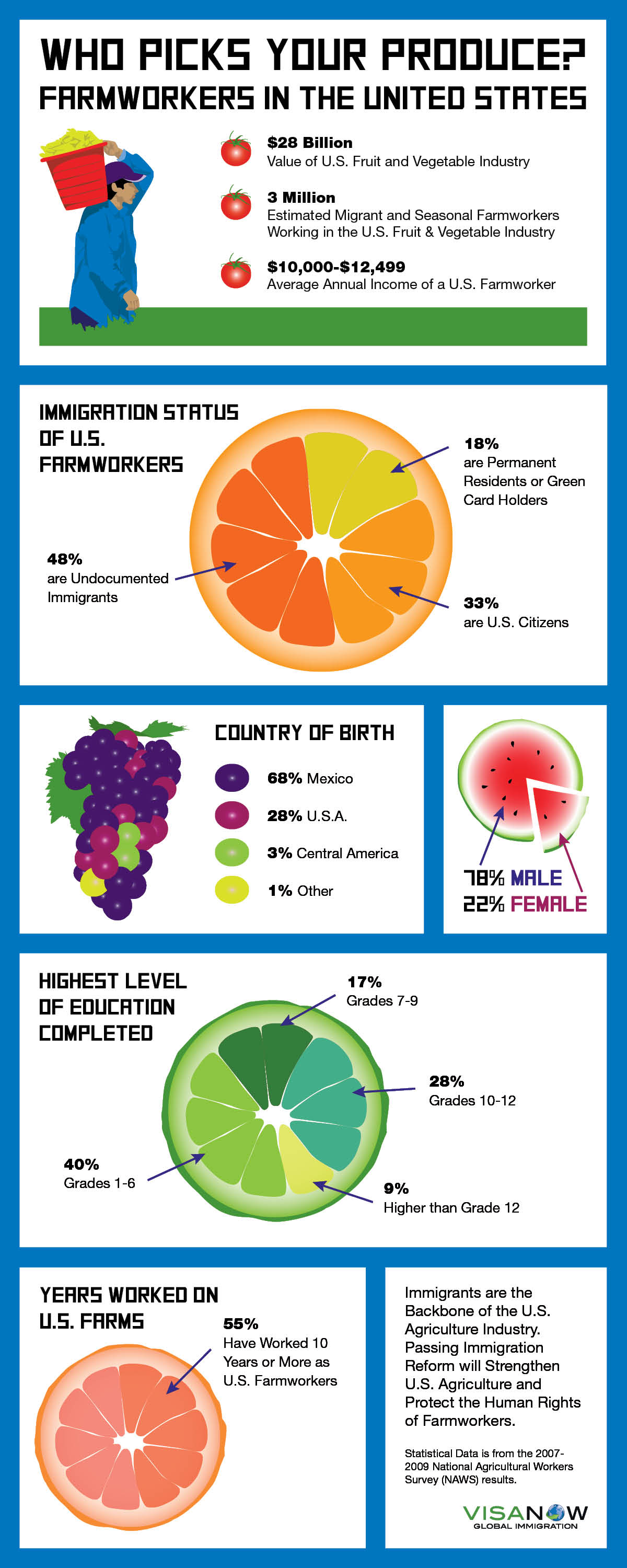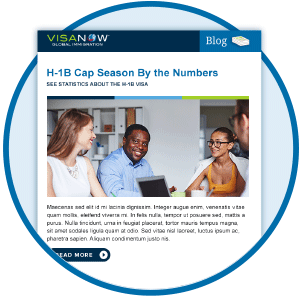International Youth Day 2013 Shines Spotlight on Young Immigrants
Today, August 12, 2013 marks International Youth Day, established in 1999 by the United Nations as a way to unite and draw attention to issues affecting young people all over the world. This year’s International Youth Day theme has a special connection to the immigrant community: “Youth Migration: Moving Development Forward.
UNICEF reports there are at least 35 million migrant youth aged 10-24 of the 210 million or more people throughout the world who have lived for a year or more outside their country of origin.
United Nations Secretary General Ban Ki-Moon explained the 2013 International Youth Day theme in more detail:
“The reasons young people migrate are many. Some are fleeing persecution, others are escaping economic hardship. Some are alone, others part of a family “ with parents, siblings and even children of their own. Some have communities to go to, others must make new connections. In transit and at their final destinations, many young migrants face equal or greater struggles, including racism, xenophobia, discrimination and human rights violations… It is important to emphasize the positive contribution young migrants make to societies of origin, transit and destination “ economically and by enriching the social and cultural fabric. Most work hard to earn a living and improve their circumstances.
On behalf of the United States, Secretary of State John Kerry released the following statement on International Youth Day today:
“As a nation founded by immigrants, and as a country with a long tradition of welcoming the “huddled masses yearning to breathe free” the United States takes great pride in our commitment to the rights of migrants to realize educational and professional opportunities in their new homes.
The Importance of Young Immigrants in 2013 and Beyond
This year’s theme of migrant youth is especially significant as 2013 has turned out to be a monumental year for immigrant youth activists in the United States. The DREAMer movement has been essential in promoting awareness for comprehensive immigration reform and drawing attention to the 11 million undocumented U.S. immigrants living in the shadows. The DREAMer movement is noteworthy for the fact that it began with promoting the rights of young migrants by young migrants, and now these DREAMers have become advocates for unauthorized and/or disadvantaged immigrants of all ages.
In a time when youth migration is higher than ever and the number of unaccompanied minors crossing the U.S. border out of desperation and fear has tripled, it is important to remember the risks and challenges unique to young immigrants and to work towards real solutions to their problems. International Youth Day not only hopes to raise awareness of the issues facing migrant youth, but to celebrate their distinctive contributions and limitless potential in whatever country they choose to call their home.
If you’re interested in learning more about immigration, join the conversation with us on Facebook and Twitter.









